A big thanks to Marke for the review sample of the Angel’s Envy 2017 limited release (10,000 bottles) of cask-strength bourbon. (See my review of last year’s release here.) Angel’s Envy seems to be trying to ramp up the availability of this “limited” release – there were 2,000 more bottles produced than last year, and the list of states in which they are being distributed is longer.
That’s not the only change. If you were unconvinced that the “whisky bubble” is still going strong and getting more… uhh… bubble-ish? Look no further: In 2015 Angel’s Envy Cask Strength Bourbon was $159 (already very high for a bourbon under ten years of age), in 2016 it was $179. This year: $199. If you’re reading this and wondering if it’s worth 200 bucks, I can tell you without tasting it first: No. No bourbon under ten years of age is worth $200, in my opinion. For the following I will therefore be pretending that I am an oil tycoon and can afford to drink $200 whisky.
As with every annual release of this since 2012, we’re talking about Kentucky bourbon not distilled by Angel’s Envy (their new distillery’s output won’t be ready for bottling until 2020-ish) that is approximately seven years old and finished in port wine casks from Portugal. The “cherry” (best) casks are picked by the Henderson family, aged somewhat longer in the port casks, and bottled at cask strength. Port pipes vary in size and liquid volume at bottling time will be reduced by the “angel’s share”, so sheer guesswork says that the 2017 edition came from a batch of between 10 and 15 casks. This year’s bottling strength is almost the same as last year’s: 62.25% ABV or 124.5 US Proof. The color is a darker mahogany than last year’s.
I happen to have some of last year’s 100ml review sample left over, so I will be doing a side-by-side comparison.
Nose: A gentle waft of juicy red grapes and berry jam greets the nose. The fruits are redder and fresher than the 2016 edition. Beneath the fruit is a layer of varnish and dark oak. The lacquer note from last year is muted and seems to convey a sweeter wood-sugar note. There is also more marzipan (almond extract) than usual. Neither glass emits much in the way of grain spices. A rest in the glass adds a welcome blanket of vanilla frosting. It’s worth letting this open up a little (20-30 minutes). Both vintages are powerful: don’t get your nose too deep in the glass or you risk burning out your sense of smell for awhile.
Palate: On fire out of the gate: A cascade of searing inferno washes over my tongue, raping and pillaging before settling into a dull, numb ache. The few surviving tastebuds register dense blackberry jam, toffee, espresso, and oaky tannins before giving up the ghost. You may as well give this a taste at full strength to prove your bravado. Then give your mouth an hour or two to recover and water the rest down sufficiently to taste. The 2016 edition had more chewy dried fruits and taffy notes, as well as more caramelized sugars.
Finish: Long. Residual fresh red fruits (fruit punch) and cinnamon-spiced mulled wine linger for awhile, fading with peppery, mouth-drying tannins and blackberry seeds (you know, the ones stuck in your teeth after a few blackberries, which taste woody when you find them). The 2016 edition was more incoherent, and shorter.
With Water: At last! A healthy splash (or two) of water temporarily mutes the fresh fruit aroma but also sweetens both the nose and palate. The bourbon’s complexity and woody sweetness are more apparent when you can actually taste them. This is one cask-strength bourbon that I like even better at a drinking strength (50% ish ABV). You’ll need a lot of water to truly take away the fire. Note that if your personal ethics rebel at the idea of adding water to expensive cask-strength whisky, taking a big glug of water immediately before and immediately after each taste of whiskey can help.
Overall: First, is it better than the 2016 edition, which I recommended? Yes, I think so. It lacks a little of that caramelized depth that is reserved for older and more-concentrated bourbons, but more than makes up for it with polish, coherency, and intensely fresh-tasting fruit notes. For that reason, this whisky’s 2017 edition is still recommended, but only if the $200 price tag (and second $20 increase in two years) doesn’t faze you. It certainly fazes me: I wouldn’t have purchased a bottle at $179 and I will continue to not purchase a bottle at $199. All that said, there is no denying that this is an exceptional bourbon, from exceptionally well-chosen barrels, and adeptly finished.



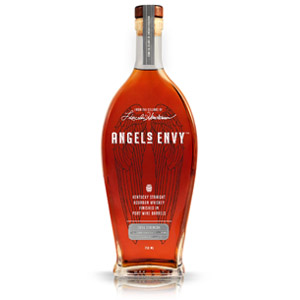
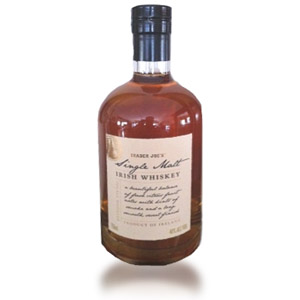
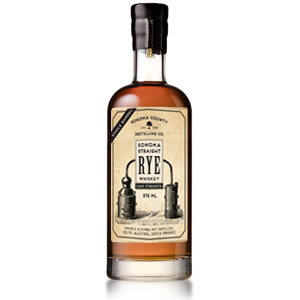

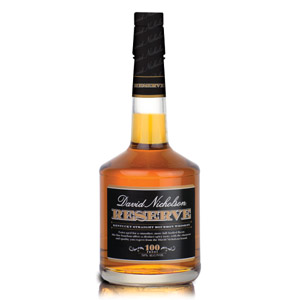
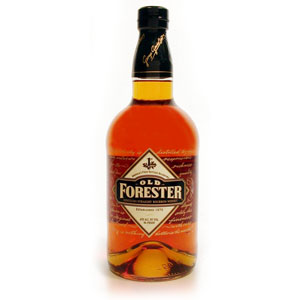
Thanks so much for the thoughtful review. Excellent observations. Great review all around.
Thanks for reading, Wes! You guys make excellent whiskey. I can’t wait to taste the output from the new distillery! 🙂